nurserygreenspace13@gmail.com
Barajirakpur, Basirhat
+91-7908052462
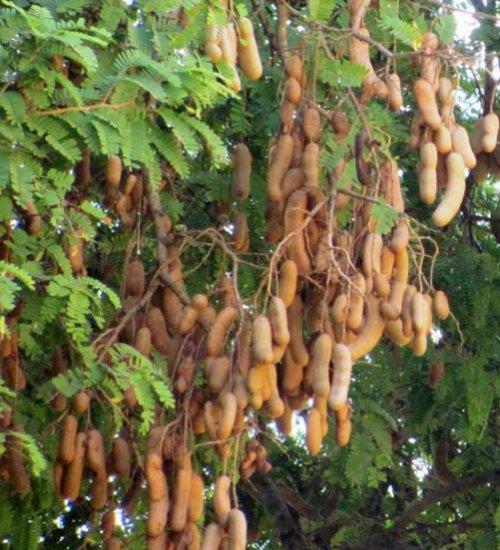

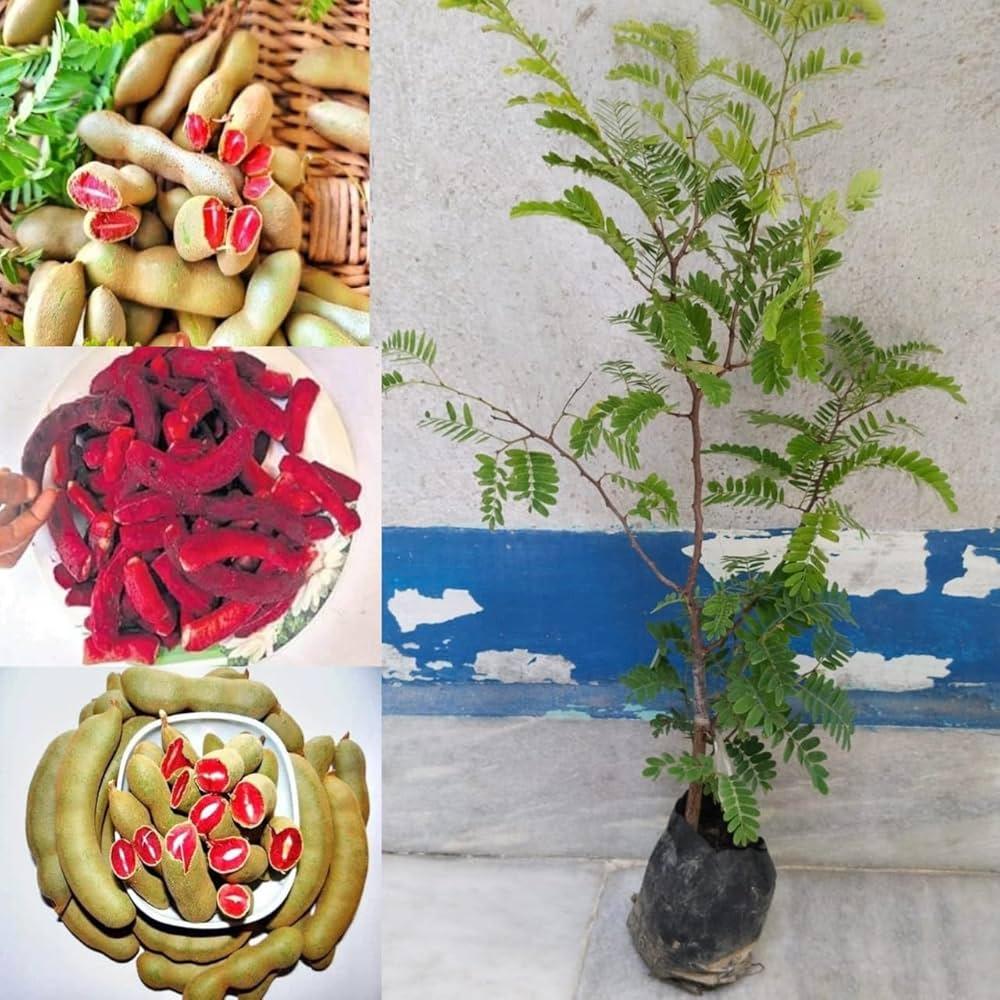
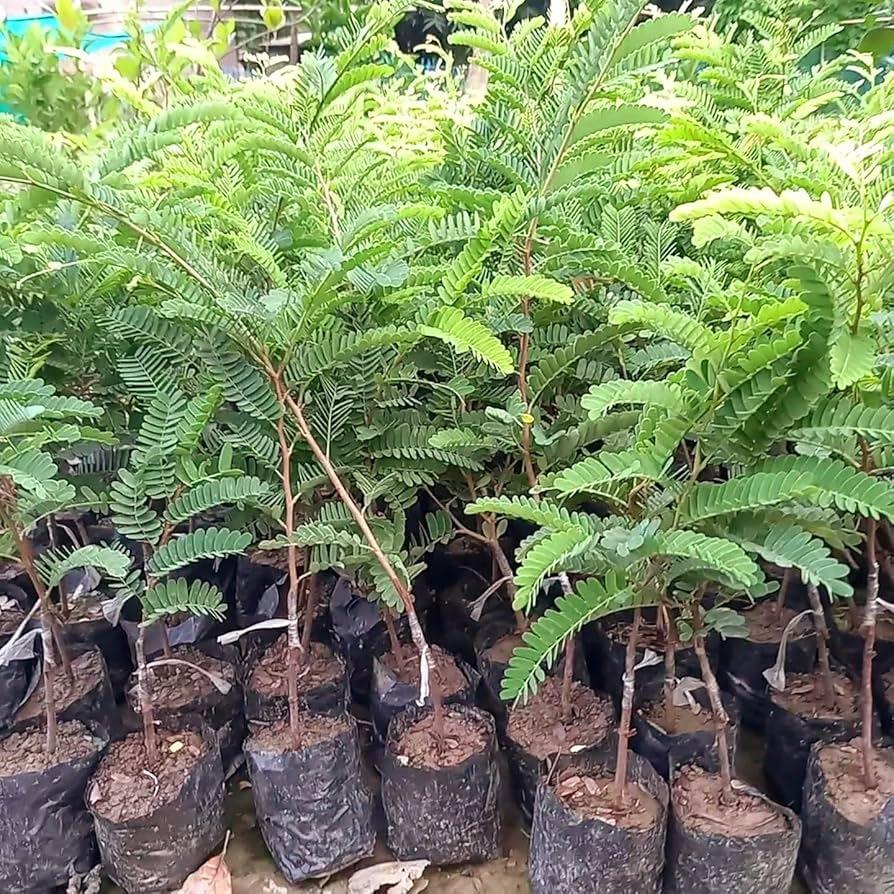
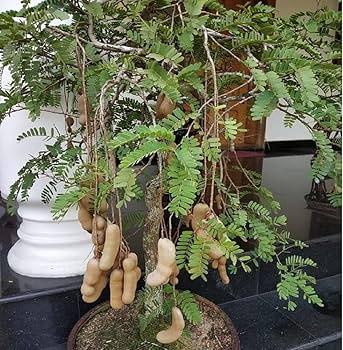
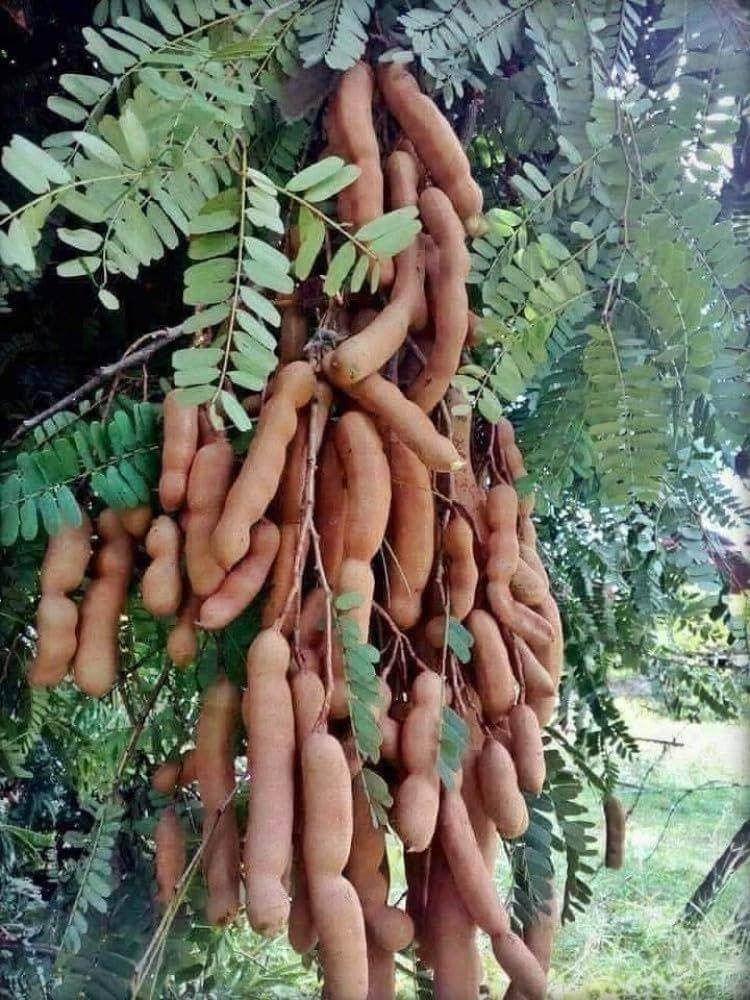
Sweet Tamarind Plant
Description
About Plants:
Height: 1-1.5 Feet
Variety:Thailand
Age: 4-6 Months
Type: Grafted
Color:Deep Red
Use: Home Garden / Farming Purpose
Apply In: Soil Outdoor
Benefits & Description About Product:
Sweet tamarind is a tropical fruit, also called meethi imli, from the Tamarindus indica tree, that has a rich, brown, sweet, and slightly bitter flavor, unlike the more sour standard tamarind. Enjoyed as a raw snack or used in sweet and savory dishes like jams, chutneys, and curries, its pulp contains vitamins, minerals, beneficial plant compounds, and natural sugars, while also being recognized for its nutritional value and traditional medicinal uses for digestion and reducing inflammation.
Flavor and Appearance
Sweet, not sour:Unlike regular tamarind, the sweet variety is naturally sweet and slightly bitter, with a taste that can be compared to caramel.
Brown pulp and pods:The fruit is found in long, curved pods with a thin, brown shell, and the pulp is dark brown and sticky.
Nutritional Benefits
Rich in nutrients:Sweet tamarind is packed with vitamins (like A, C, and K), minerals, amino acids, and antioxidants.
Good source of fiber:It contains a good amount of fiber, which is beneficial for digestive health.
Contains natural sugars:While high in natural sugars, the fruit ranks low on the glycemic index, meaning it doesn\'t cause rapid blood sugar spikes.
Uses and Applications
Eaten fresh:The most natural way to enjoy sweet tamarind is to break open the pod and eat the pulp directly from it.
Culinary uses:It\'s a versatile ingredient used in preparing chutneys, jams, desserts, and even savory dishes like curries, stir-fries, and sauces.
Traditional uses:Sweet tamarind is also used in traditional medicine, particularly Ayurveda, to help with issues like diarrhea, abdominal pain, and constipation.
Where to Find It
Global cultivation:Sweet tamarind is native to Africa but is cultivated in tropical and subtropical regions worldwide, especially in India and Southeast Asia.
Product forms:You can find it in its raw form, as pressed blocks, or as prepared products like sweetened syrups and candies.
